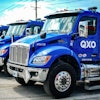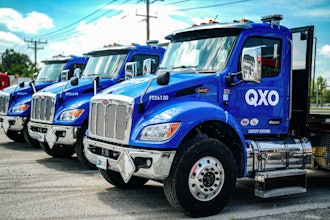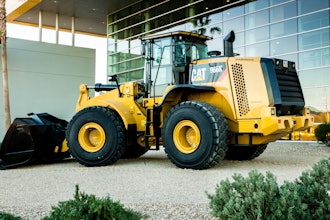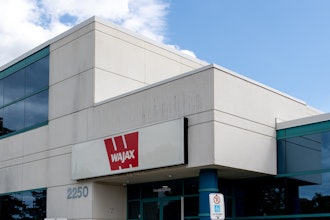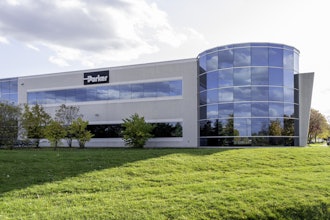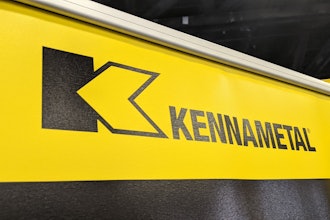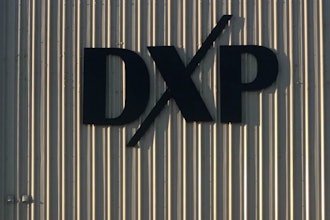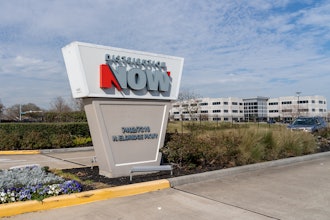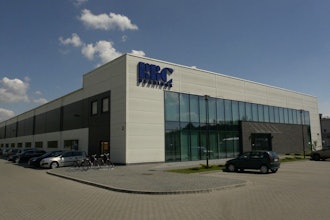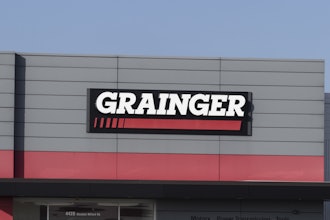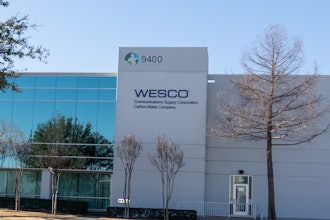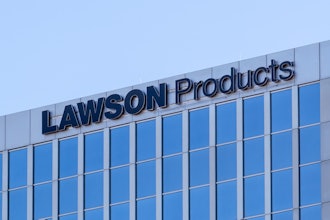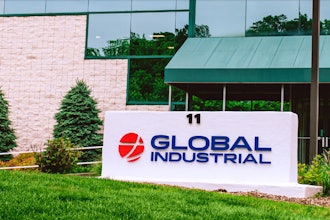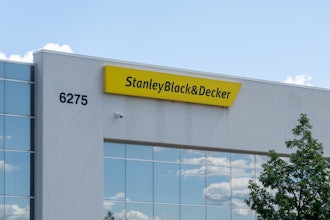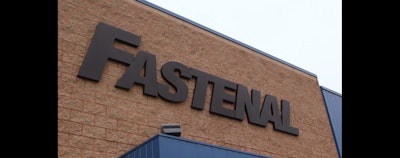
In February, Fastenal posted a year-over-year daily sales growth of 6.1 percent. That was its best mark since an identical 6.1 percent in April 2015 — a span of 22 months. February was the eight straight month in which Fastenal’s daily sales improved over the previous year, and it hasn’t had a negative month since December 2015 (-3.8 percent), which was the lowpoint of four straight months of decline.
Here’s how of monthly daily sales growth have looked for Fastenal (all company sales) since the start of 2014, with this table showing year-over-year growth percentages per month.
|
|
Jan. |
Feb. |
Mar. |
Apr. |
May |
June |
July |
Aug. |
Sept. |
Oct. |
Nov. |
Dec. |
|
2017 |
3.8 |
6.1 |
|
|
|
|
|
|
|
|
|
|
|
2016 |
3.3 |
2.6 |
0.0 |
3.8 |
1.1 |
0.0 |
2.1 |
0.3 |
2.8 |
3.9 |
1.2 |
3.2 |
|
2015 |
12.0 |
8.6 |
5.6 |
6.1 |
5.3 |
3.7 |
3.2 |
1.6 |
-0.3 |
-0.8 |
-1.1 |
-3.8 |
|
2014 |
6.7 |
7.7 |
11.6 |
10.0 |
13.5 |
12.7 |
14.7 |
15.0 |
12.9 |
14.6 |
15.3 |
17.4 |
Fastenal was No. 10 on Industrial Distribution's 2016 Big 50 List with $3.87 billion in 2015 sales. That sales figure improved to $3.96 billion in 2016.
Beginning in Q1 2015, Fastenal — along with the vast majority of industrial distributors and suppliers — began feeling the effects of reduced industrial product demand and customer spending amid an industrial recession largely caused by oil prices taking a nosedive in the summer of 2014. The industrial economy is showing many signs of industrial recovery over the past six months, but even at its current pace, conditions likely won’t be back at their 2014 levels for at least another year.
As you can see in the table above, even this past February’s 6.1 percent growth is far shy of Fastenal’s roaring 2014 where it had 10 months of double-digit growth. Still, its return to healthy growth and strong start to 2017 certainly bode well for the company.
I recently spoke to Fastenal CFO Holden Lewis and asked him about the company’s recent sales performance and his thoughts about the current industrial products landscape.
 Holden Lewis, Fastenal Executive Vice President and Chief Executive Officer
Holden Lewis, Fastenal Executive Vice President and Chief Executive Officer“The last two years have been challenging from a demand standpoint,” Lewis told me. “In the last two months (Jan/Feb) of reporting DSRs (daily sales rates), we’re talking about seeing the sentiment shift — particularly shifting in the oil and gas sector. We’re seeing oil and gas turn into real progress in our results, and seeing end markets in the rust belt become favorable as well. The last couple months have certainly been better.”
In February, Fastenal’s sales to non-residential construction customers — which has historically represented 20-20 percent of the company’s total business — improved by 6.2 percent year-over-year. That’s particularly impressive given that non-res construction had six straight quarters of YoY decline starting with Q3 2015, and declined 1.2 percent overall for 2016.
“We had modest DSR growth last October, but other than that it had been down in 10 of the last 11 months,” Lewis said about non-res construction sales. “It’s been a long string. We think that the improving tone we’re getting out of energy is rippling through the non-res portion of the business.”
It was the same story in the company’s February fastener sales, which grew 1.5 percent year-over-year. That figure may not seem impressive, but like with non-res construction, fastener sales had declined YoY in the previous six recorded fiscal quarters, and declined by 2.3 percent overall for 2016.
“Fasteners hadn’t had a growth month since April of 2015,” Lewis said. “In the sense that the general marketplace seems to be getting better, that goes right to our fastener business, which is more cyclical. You go form a couple years where they are sluggish or weak, to a period where things are now picking up a bit. I think it really is a reflection of general manufacturing getting better.”
Fastenal closed or converted 159 stores in 2016 and opened 40. But the company didn’t close any in January or February and opened four. But according to Lewis, the past two months aren’t an indicator of the company’s overall branch network strategy.
“Where it makes sense to open some stores, we’ll open, and where it makes sense to close, we’ll close,” Lewis said. “In the past we’ve talked about store openings, and they’ve historically been a significant growth driver. Now, those stores are foundational, and our significant growth drivers are Fastenal Onsite and vending. Growth has evolved away from stores to other drives, although Fastenal is still a store-based model.”
I also asked Lewis about Fastenal’s recently-unveiled P.O.D.s offering, which I profiled in late December — which ended up as ID’s most-viewed blog of 2016, even though it was posted Dec. 28. The P.O.D.s, or Products-on-Demand, are essentially a mini-Fastenal store that complements the company’s 2,500+ branch locations nationwide and are another innovation to get products closer to customers. First made public in November, Lewis said it’s still too soon to gauge the performance of the offering.
“We’re excited about the P.O.D.s, but it’s fairly recent in their development,” Lewis said. “They lend to a marketplace outside our core manufacturing. But having those mobile, portable P.O.D.s for customers, that fits the overall strategy of the company and improves our relationship with the customer.”

